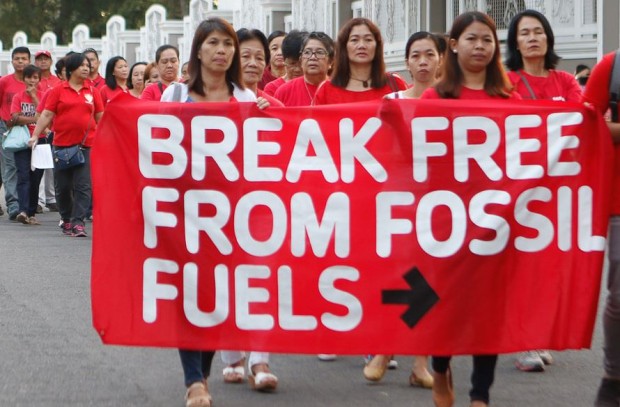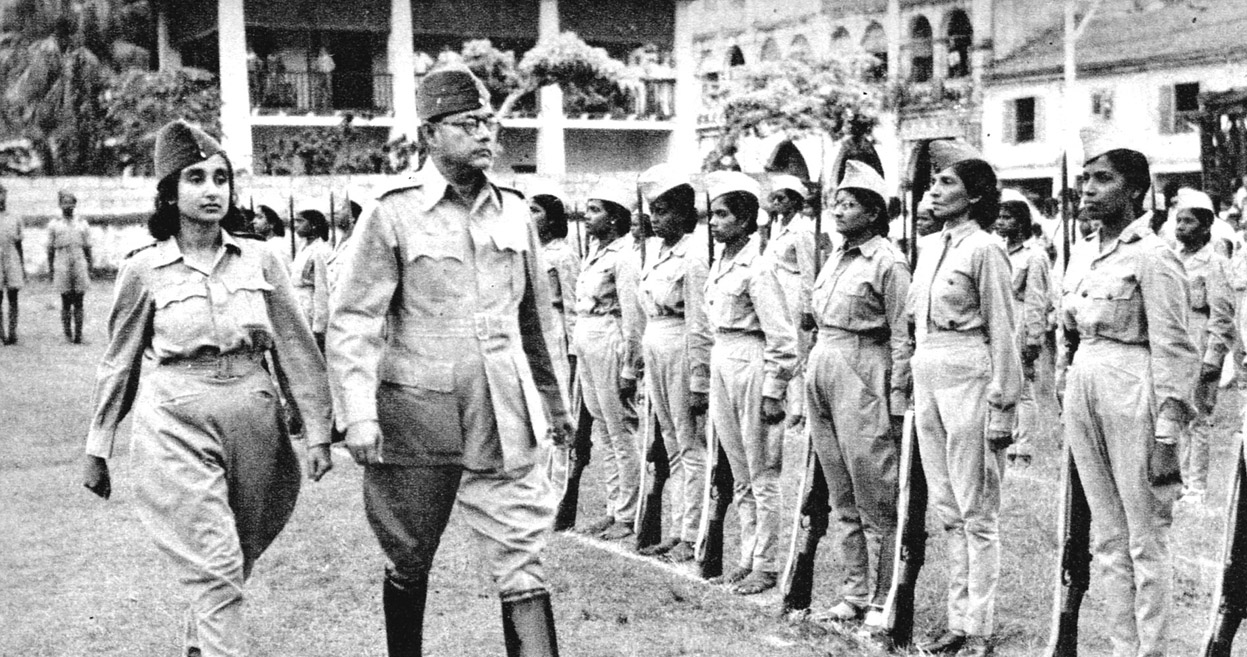This is the tenth installment in a multi-part series. Browse the Protective Use of Force index to read more. via Deep Green Resistance UK The aim of this post is to inform those interested in researching how to strategically confront the state using nonviolent direct action or force; and how this information might be applied to their situation.Two books describe and analyse a number of struggles. In Strategic Nonviolent Conflict, [1] Ackerman and Kruegler analyse a number of nonviolent conflicts based on their Twelve Principles of Strategic Nonviolent Conflict, which I described in a previous post. The conflicts include: the First Russian Revolution 1904-1906; Ruhrkampf regional defense against occupation, 1923; the Indian Independence Movement, 1930-1931; Denmark occupation and resistance, 1940-1945; El Salvador civic strike, 1944; Resistance against the Polish Communist Party, 1980-1981.In The Failure of Nonviolence, [2] Gelderloos describes and analyses over thirty nonviolent and militant struggles, which have occurred since the end of the cold war. He uses a four point criteria: whether a movement seized space for new social relations; whether it spread an awareness of new ideas (and secondarily if this awareness was passive or whether it inspired others to fight); whether it had elite support; whether it achieved any concrete gains in improving people’s lives. The struggles he lists are: The Oka Crisis, The Zapatistas, The Pro-Democracy Movement in Indonesia, The Second Intifada, The Black Spring in Kabylie, The Corralito (in Argentina), the Day the World Said No to War, The Colour Revolution, Kuwait’s “Blue Revolution” and Lebanon’s “Cedar Revolution,” The 2005 Banlieue Uprisings, Bolivia’s Water War and Gas War, Kyrgyzstan’s Tulip Revolution, The Oaxaca Rebellion, The 2006 CPE Protests, 2007 Saffron Revolution, The 2008 insurrection in Greece, Bersih Rallies, Guadeloupe General Strike, UK Student Movement, Tunisian Revolution, The Egyptian Revolution of 2011, The Libyan Civil War, The Syrian Civil War, 15M Movement and General Strikes, 2001 United Kingdom Anti-Austerity Protests, 2011 England riots, Occupy, The 2011-2013 Chile student protests, The Quebec Student Movement, and The Mapuche struggle.The Global Nonviolent Action Database is also an online resources with some 1,000 examples of nonviolent actions.Gelderloos also offers a very comprehensive list of those individuals advocating for pacifism and nonviolence. [3] Other organizations active in this realm include: the Albert Einstein Institution; the International Centre on Nonviolent Conflict, the Centre for Applied Nonviolent Action and Strategies, Waging Nonviolence and Campaign Nonviolence. The Radical Think Tank in London has been researching the ways in which nonviolent direct action could be used in the UK. Its members have identified three key mechanisms to enhance political participation and mobilisation to increase the campaign’s likelihood of success: (1) the conditional commitment or pledges; (2) dilemma actions, a lose-lose situation for the authorities; and (3) fostering open space, where people can talk freely about what’s bothering them, which is empowering and motivates them to act. They have also mapped out a number of hypothetical campaign progressions which combine all three mechanisms in order to show how much more effective they can be when combined. This is the tenth installment in a multi-part series. Browse the Protective Use of Force index to read more. Endnotes
...




